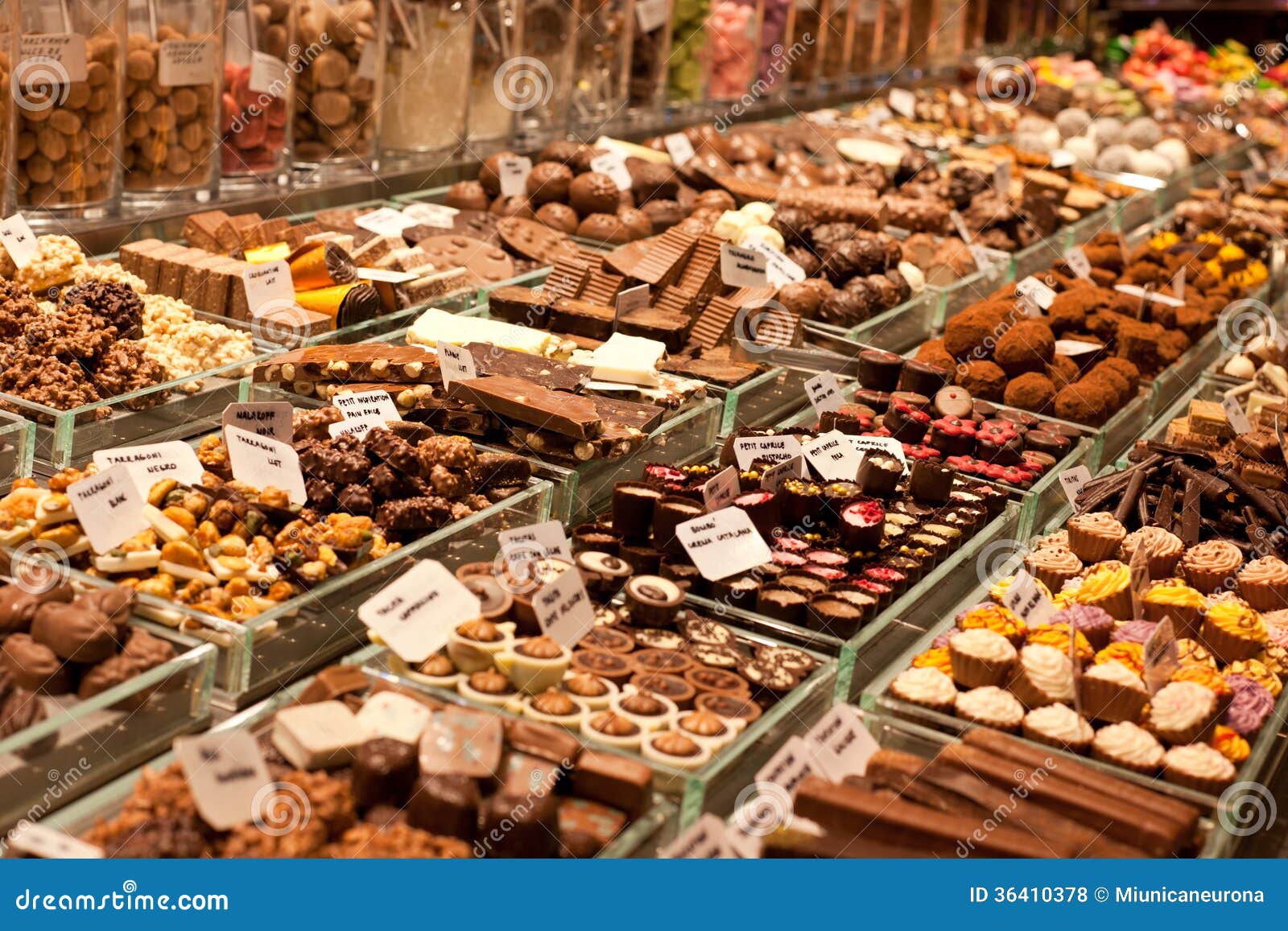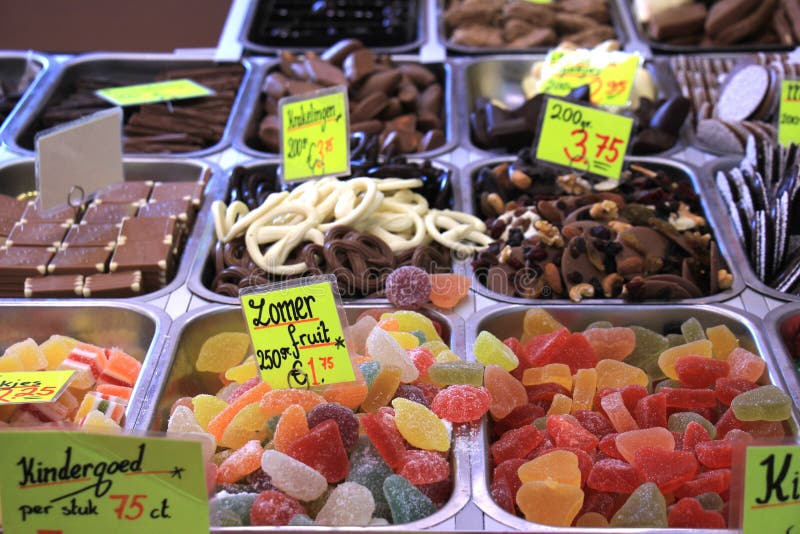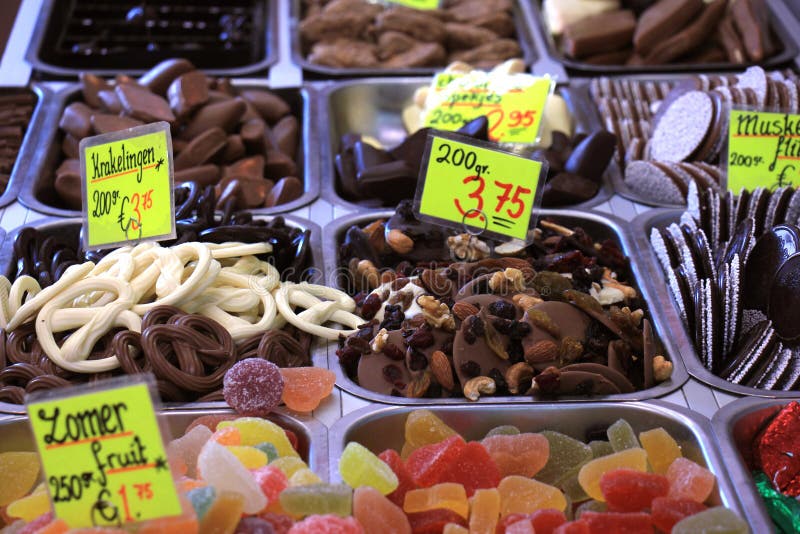Explore The India Candy Market: Trends & Insights - [Your Guide]
Can a simple confection truly capture the essence of joy and become a global economic force? The global candy and chocolate market is a testament to the power of sweetness, with projected revenues soaring into the billions and influencing consumer behavior worldwide.
The world of candy and chocolate is a complex tapestry woven with threads of tradition, innovation, and consumer demand. From the bustling markets of India to the sophisticated boutiques of Europe and the United States, the allure of these treats transcends borders and cultures. This report delves into the intricacies of this vibrant industry, exploring market segmentation, key players, and the driving forces behind its remarkable growth.
| Segment | Details |
|---|---|
| India Candy Market, by Type | This segment focuses on the different types of candies available in the Indian market, including but not limited to hard candies, soft chews, gummies, lollipops, and chocolates. |
| India Candy Market, by Flavor | Examines the popularity of various flavors in the Indian candy market, such as fruit flavors (mango, orange, etc.), chocolate, mint, and other unique flavour profiles. |
| India Candy Market, by Sugar Content | Analyzes the market based on sugar content, considering options like sugar-free, low-sugar, and traditional high-sugar candies, and the influence of health-conscious consumers. |
The Indian candy market, like its global counterparts, is undergoing dynamic changes. The report provides a comprehensive analysis of this market, offering insights into the different types of candies available, popular flavors, and the impact of sugar content on consumer choices. Additionally, the report explores the evolving landscape of the Indian chocolate market, providing projections for future growth and identifying the major players shaping the industry.
The global confectionery market is a vast and diverse sector, encompassing a wide array of treats designed to satisfy the sweet tooth. This includes not only the classic candies and chocolates that have been beloved for generations, but also a range of other indulgent products such as ice cream and preserved pastry goods.
The allure of chocolate, in particular, is a powerful force, driving significant market growth. The global chocolate market is expected to reach a staggering USD 114.17 billion in 2025. Projections anticipate further expansion, with a compound annual growth rate (CAGR) of 4.95%, leading to a total market value of USD 145.33 billion by 2030. This robust growth underscores the enduring popularity of chocolate and its ability to adapt to changing consumer preferences.
Several key players dominate the global confectionery landscape. Companies such as Ferrero International S.A., Mars Incorporated, Mondelz International Inc., Nestl S.A., and The Hershey Company hold significant market share, driving innovation and influencing consumer trends. These companies compete on factors such as product variety, branding, distribution networks, and marketing strategies, ensuring a competitive and dynamic market environment.
In the United States, the confectionery market is particularly well-established and innovative, reflecting the country's significant consumer base and appetite for sweet treats. According to Statista, the U.S. confectionery market was valued at over $83.54 billion in 2024. This highlights the substantial economic impact of the industry within the U.S. and its importance in shaping global trends.
One segment of the confectionery market that continues to generate impressive revenue is chewy candy. In 2021 alone, chewy candy generated approximately USD 4.6 billion in sales within the U.S. This illustrates the strong demand for these types of sweets and their contribution to the overall industry's financial performance. Candies are essentially referred to as confectioneries prepared using sugar, honey, and other natural or artificial sweeteners. This basic definition highlights the essential ingredients that bring these treats to life.
The success of the candy and chocolate market can be attributed to several factors, including evolving consumer preferences, innovative product development, and effective marketing strategies. The industry continuously adapts to meet changing demands, offering a wide variety of products, including those with health-conscious features and unique flavour combinations. As consumer lifestyles become more diverse, so does the need for variety.
The Rise of Artisanal Chocolatiers
While large corporations continue to hold significant market share, the artisanal chocolate market is experiencing a surge in popularity. These smaller-scale producers focus on quality ingredients, innovative flavor profiles, and unique packaging, appealing to consumers who seek a more premium and personalized experience. Artisanal chocolate makers often source their ingredients from specific regions, emphasizing the origin and craftsmanship of their products.
Several retailers cater to both the established and emerging consumer base.
World Market, for instance, offers a selection of gourmet chocolate candy and treats, as well as seasonal delights like Easter candy and treats. See's Candies, a well-known brand, offers a wide selection of candies and chocolates online and in its retail stores. Their stores are located in Los Angeles, CA and are famous for their deliciousness and friendly customer service, offering a range of products from boxed chocolates to peanut brittle and lollipops. Dorothy Lane Market also features a variety of candy and chocolate options.
The online retail channel plays a crucial role in the distribution and sales of candies and chocolates. Consumers can conveniently purchase products from various stores and brands through their websites, with options for home delivery or in-store pick-up. E-commerce provides access to a wider range of products and flavors, along with increased convenience and personalized shopping experiences.
Sugarfina, a relative newcomer to the market, has found success by reimagining childhood candies for adult consumers. They offer innovative packaging, sophisticated flavor combinations, and a focus on premium ingredients, differentiating themselves from traditional candy brands. This approach has resonated with a growing segment of consumers who are looking for a nostalgic yet elevated candy experience.
| Factor | Impact |
|---|---|
| Rising Middle Class in Developing Countries | Increases demand for candy and chocolate products due to rising disposable incomes and changing consumption patterns. |
| Urbanization | Creates increased accessibility to products and expands the market through concentrated populations in urban areas. |
| Product Affordability | Makes candy and chocolate more accessible to a wider range of consumers, fostering market expansion. |
| Innovative Products | Introduction of new flavors, unique packaging, and healthier alternatives to attract consumers. |
The India chocolate market presents another significant area of growth. The market is expected to reach USD 2.48 billion in 2025 and grow at a CAGR of 7.63% to reach USD 3.58 billion by 2030. Similar to the global market, key players such as Ferrero International S.A., Mars Incorporated, Mondelz International Inc., Nestl S.A., and The Hershey Company are major forces within the Indian chocolate industry.
The confectionery industry is constantly evolving, with trends such as the increased popularity of dark chocolate, the rise of healthier alternatives, and the influence of seasonal events like holidays. Market shares for various chocolate types (dark, milk, and white) and retail sales data provide insights into these shifts and preferences. Understanding these trends is crucial for manufacturers and retailers to stay competitive and meet the changing demands of consumers. They are driven by taste, health, and cultural factors.
The confectionery market is not immune to global events and economic fluctuations. Issues such as supply chain disruptions, ingredient costs, and consumer confidence can all impact the industry's performance. Manufacturers and retailers must be adaptable and proactive in navigating these challenges to maintain profitability and growth.
Consumers in search of chocolate and candy can often find unique experiences. In Los Angeles, CA, for example, See's Candies is a local favorite, known for its delicious offerings and friendly customer service. Beyond the classic offerings, many regions offer a vibrant scene of smaller chocolatiers and specialty shops where enthusiasts can explore a range of tastes. Leonidas is one example of such a retailer. The options can include everything from drinking chocolate to a variety of other treats.
| Company | Notable Products/Brands |
|---|---|
| Ferrero International S.A. | Ferrero Rocher, Nutella, Kinder Bueno |
| Mars Incorporated | M&M's, Snickers, Twix, Mars Bars |
| Mondelz International Inc. | Cadbury, Milka, Toblerone, Oreo |
| Nestl S.A. | Kit Kat, Smarties, After Eight |
| The Hershey Company | Hershey's, Reese's, Kit Kat (U.S. License) |
Consumers' choices are influenced by a variety of factors.These may include a brand's ability to build a strong reputation based on delicious products, along with providing free samples and friendly customer service. In a market that is constantly changing, businesses that take these factors into consideration are more likely to thrive.
Consumers can explore a wide array of options through online purchases, home deliveries, and the option to pick up at local stores, ensuring accessibility. The growth of the candy and chocolate industry is a dynamic process. It is shaped by consumer preferences, innovation, and the ongoing influence of key market players. With the right approach, this sweet industry will continue to grow.


